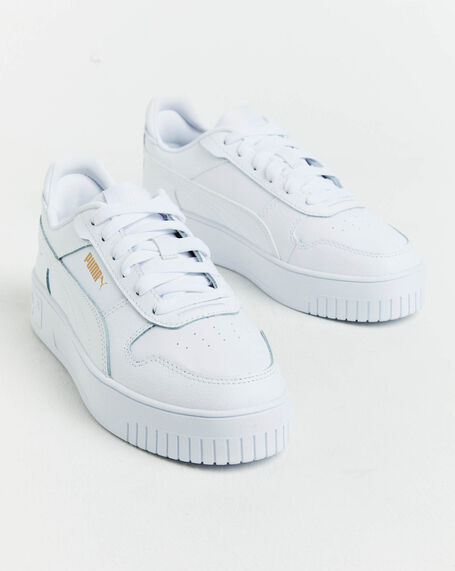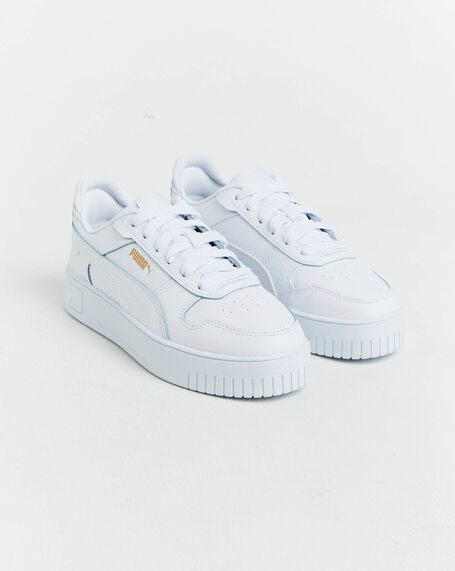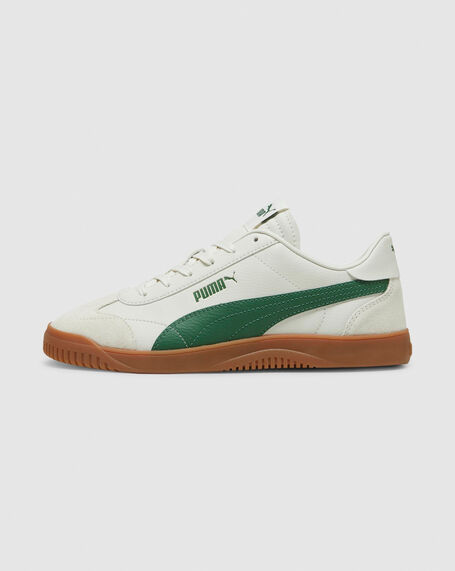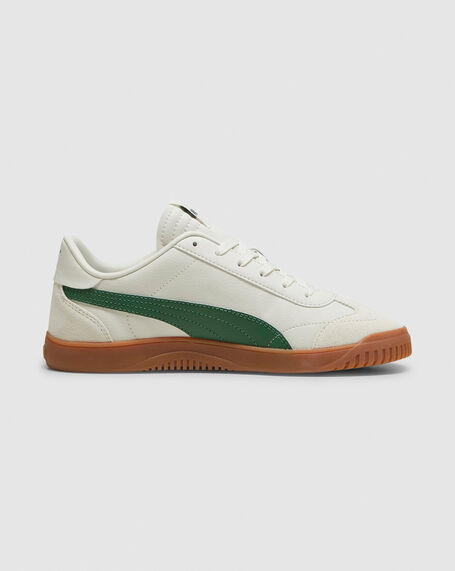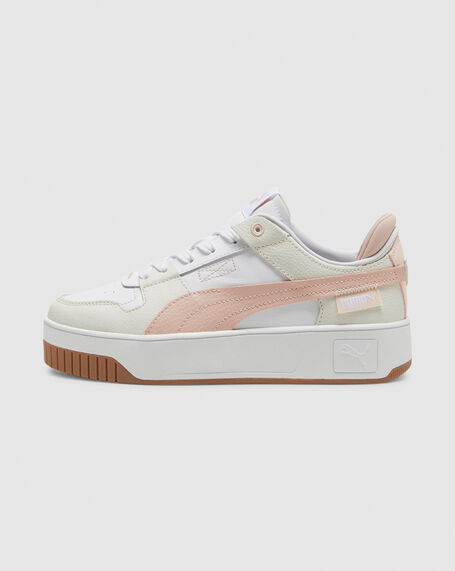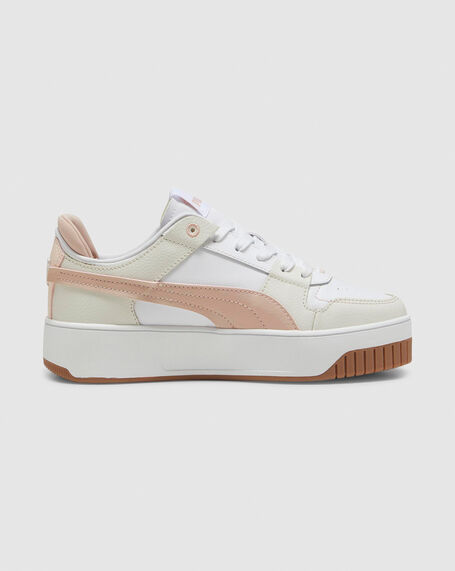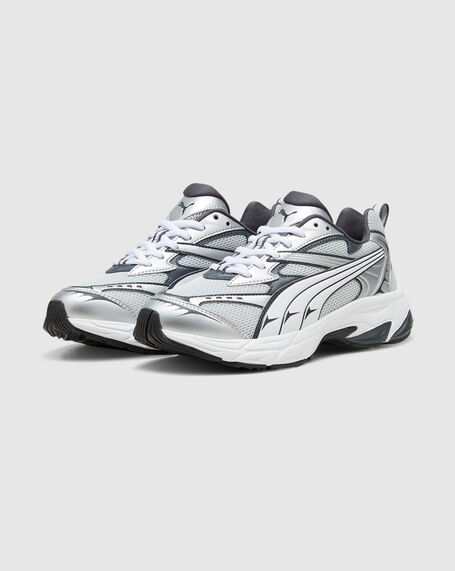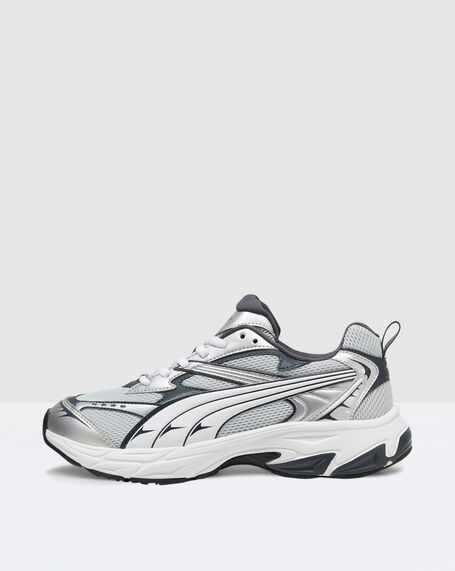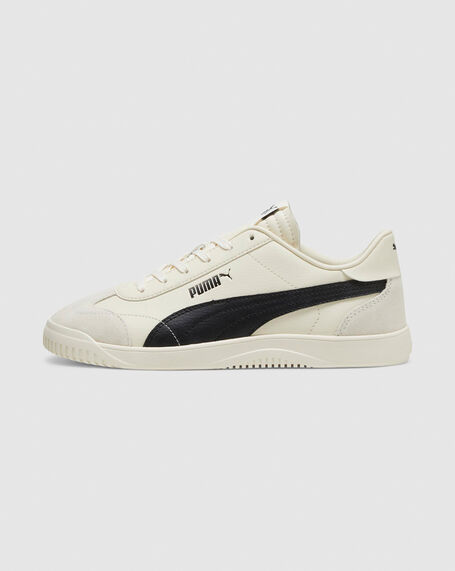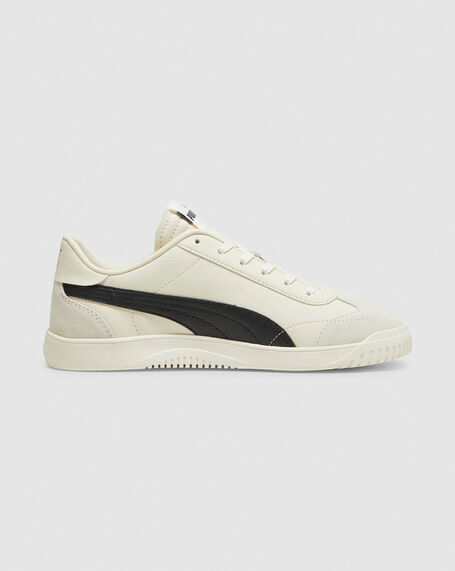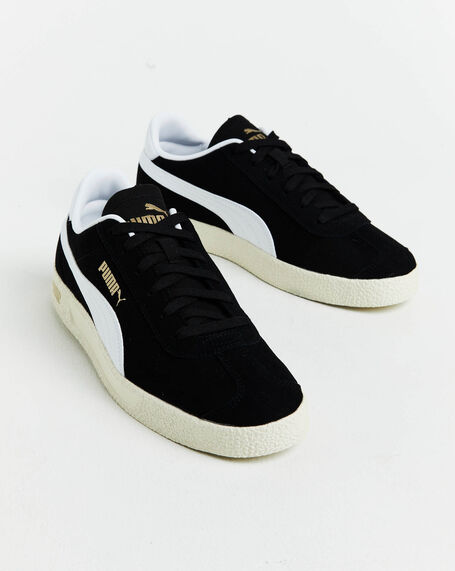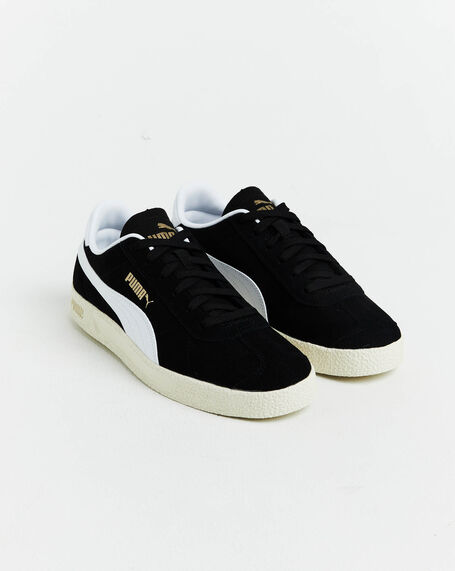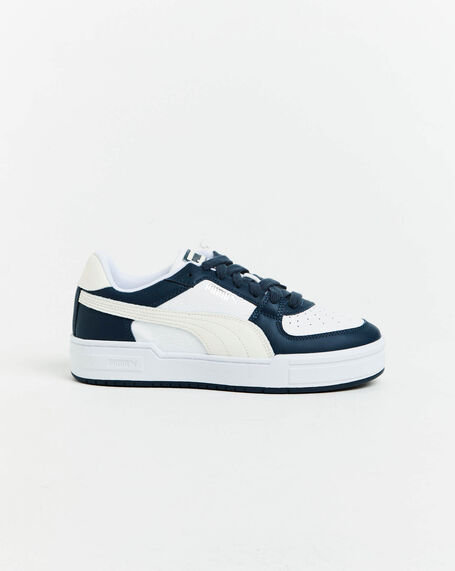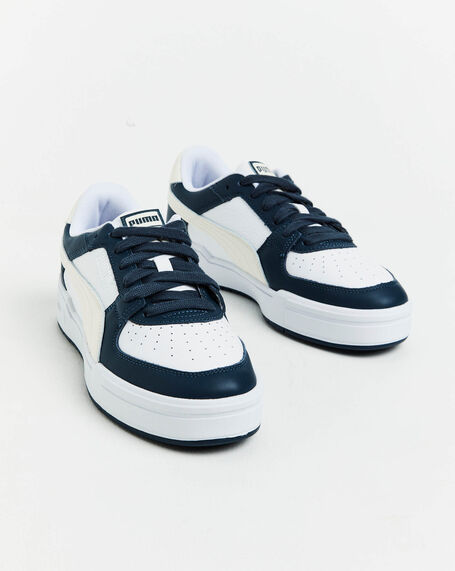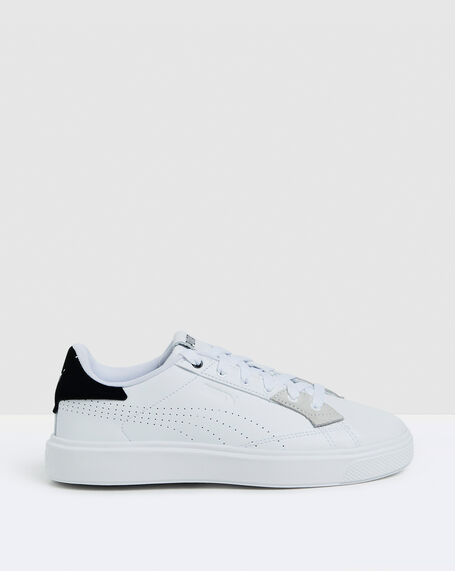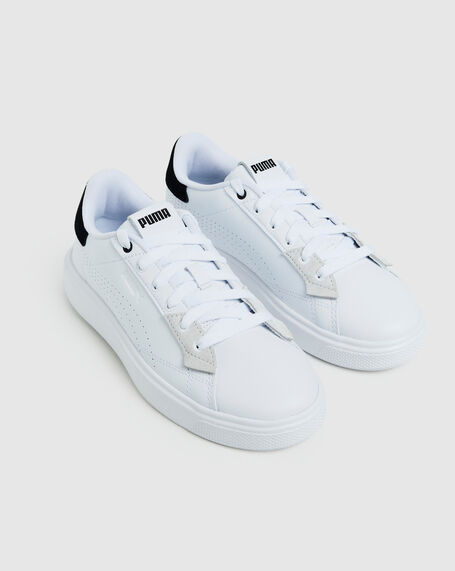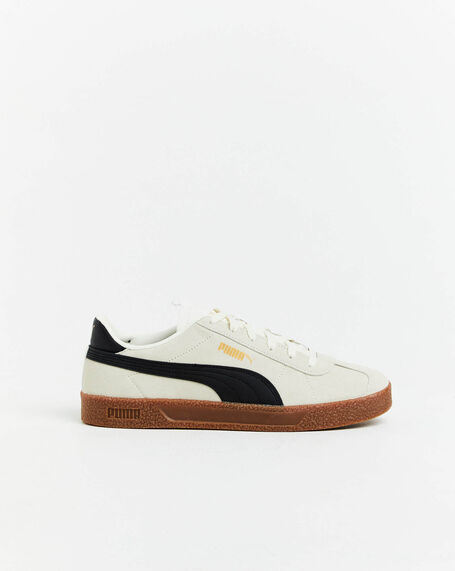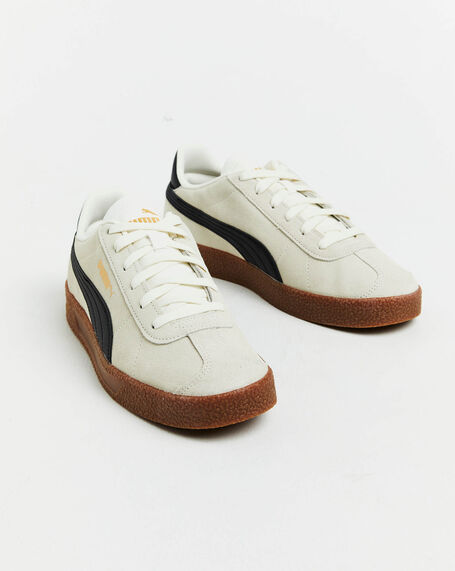Business partners Adolph and Rudolph Dassler went their separate ways in 1948, and the result was the creation of two game-changing footwear and apparel brands. Adi would create Adidias; Rudi, Puma. With a rich, rich background in sneaker-making, Rudi established Puma with the notion that the world needed a good sneaker brand that combined high quality design with good visuals. The brand’s first shoe was a soccer shoe, design to be worn on turf, and the brand later created the first screw-in stud soccer shoe, which led the way for decades. By 1952 the Puma logo was on show at the Olympics, exhibited on the feet of Olympic gold medallists in sprinting. No false start for Puma.
However, it was in 1968 where Puma found itself inadvertently on the world stage, and into mainstream culture. The famed protest of John Carlos and Tommie Smith in the Mexico Olympics shook the world, and highlighted how sport works as a vehicle for change, and how it can start necessary debates. As the gold and silver medallists fought mistreatment of black men and women in the USA through their Black Power salute, Smith was decked out in Puma, and left his footwear at the podium for the world’s media to witness. It was in 1968 that the rather fitting cat logo with established, which would only grow in influence throughout the following years.
Puma wasn’t exclusive to the Olympics. The 1970s brought Puma to a new audience across America with its introduction in to basketball, with one player more than any other ushering in the age of Puma with total style. Walt “Clyde” Frazier is one of the game’s best ever point guards who made life hell for his opponents due to his defensive assertiveness. It wasn’t basketball as such that made Clyde famous though, it was his off-court penchant for the most stylish outfits imaginable, which was brought back on to the court through the Puma Clyde model, a suede basketball shoe that didn’t only perform its function, but looked good while doing so.
In the 1980s, soccer legend Diego Maradona and Puma would become synonymous. Maradona’s boot deal with the brand meant that the Puma logo would be seen throughout the world, due to the sport’s famed far reach, which was reinforced through successful individual athletes like Boris Becker who even had his own Puma styles, the Becker and the Becker Ace. Puma had become interlocked with the planet’s most relevant and most talented sportsmen, which did not only bring eyes on to the brand, but garnered a level of respect and admiration for Puma that illustrated the brand as a pursuer of talent, of the best. This notion has been reinforced by Usain Bolt in more recent times, validating the Puma ethos of excellence in sport while still looking hot and breaking a ton of records.
Today, Puma is a popular as ever, and we carry a number of the brand’s styles. Puma’s link to the world of sports will never die, but in recent times it has found itself in the middle of creative culture with the advent of the Fenty, created by Rihanna. The Creeper designed by Rihanna was voted Shoe of the Year in 2016. We fully embraced the Fenty styles when they hit our shores, and now we are running with the Te-Ku and the Suede Classic, which borrow their silhouettes from the 80s, while using updated production techniques that create longer-lasting, even better looking styles to be worn wherever, whenever.
